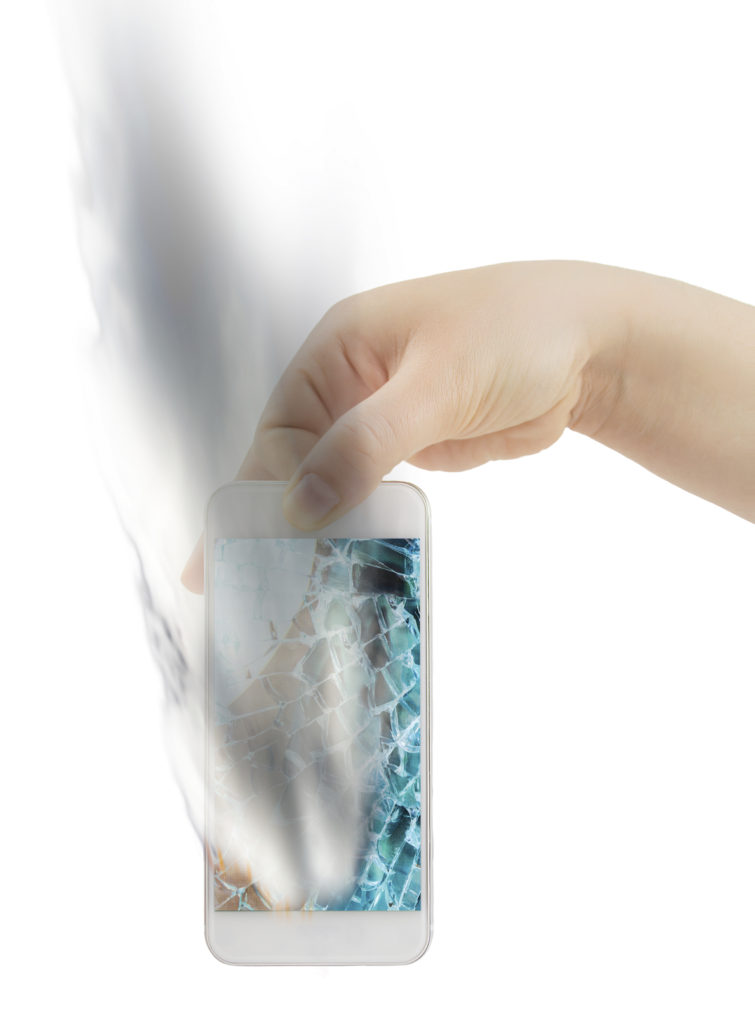
Tech giant Samsung has recently found itself in the spotlight for all the wrong reasons. Just like something from the pages of a Harry Potter novel or a self-destructing, Mission Impossible message, Samsung’s Galaxy Note 7 Smartphone is spontaneously bursting into flames.
With no telling when or where the product might suddenly ignite, it’s no surprise the faulty product has already caused a number of injuries to users and damage to property.
The phone has been recalled across the globe, along with over 144,000 Samsung washing machines which have also been shown to cause fires. The recall is nothing new, each year in Australia hundreds of potentially dangerous products are recalled. It is often an injury that prompts these recalls in the first place, as the law works to protect Australians and prevent injury.
Unfortunately, the subsequent recall doesn’t help those already injured by a faulty product, but through Australian consumer laws those who sustain personal injury as a result of a faulty product are entitled to compensation.
The Australian product safety system works to ensure the safety of products sold in Australia through regulation, monitoring and a combination of voluntary and mandatory standards. While the system works to identify and manage the risk of any unsafe products, there are many instances where a defective or faulty product is sold and causes personal injury, or in severe cases death.
Under Australian Consumer Law, manufacturers are liable for personal injury resulting from goods with safety defects. As a result, consumers are entitled to make a product liability compensation claim.
Making a Product Liability Compensation Claim
With statutory liability established under consumer law, product liability compensation claims focus on the safety of the product, the cause of injury and the damage suffered by the person.
Product with safety defects
A consumer needs to prove that the product is defective or faulty. In the case of the Samsung Galaxy that would mean proving that a faulty battery inside the phone caused the phone to overheat and combust. A consumer would not reasonably expect such a thing to happen within normal operation of such a product. If a product, used as intended, causes injury, but there is no safety defect in the product, then a compensation claim cannot be made.
Poor quality doesn’t necessarily mean the product is defective or faulty, rather a product is only considered defective when it falls below a standard that consumers are entitled to reasonably expect. When deciding if a product is defective, a court will consider: the purpose for which the product was made; the purpose for which the product might reasonably have been used; the way in which the product was advertised; along with any instructions, manuals or packaging warnings.
Cause of Injury
Product liability claims need to show that the personal injury was sustained because of the safety defect. Using the same example, a Samsung Galaxy user will need to show that the burns on their hands were a direct result of the faulty phone bursting into flames. While this is a relatively easy example to prove, there are other circumstances where it may be more difficult.
Damages
Finally, a claimant will need to prove loss or damage as a result of the injury. Injury may be physical or psychological. Compensation can be claimed for medical expenses, loss of income, carer’s costs, pain and suffering. In some cases, it may be possible to claim compensation for damage to property.
When Can You Make a Claim?
Product liability claims apply to most consumer products and goods sold in Australia, including, but not limited to: food products, toys, cosmetics, sporting equipment, cars, household items, tools, clothing and appliances.
You do not have to have bought the product yourself in order to make a claim, even if you received the product as a gift or promotional item. In addition, warnings listed on product packaging do not completely remove a manufacturer's liability and your ability to make a compensation claim.
In cases of product liability, the manufacturer may be the company that actually makes the product, imports a product into Australia or modifies another manufacturer’s product for their own store. Retailers or distributors can also be held liable for products that they sell on in store.
Dependents of a person injured or killed by faulty or defective product can also claim for losses they sustain as a result.
Have You Been Injured by a Faulty Product?
If you have been injured by a faulty product you may be entitled to pursue a compensation claim.
Following a personal injury as a result of a faulty product you should:
- Seek medical assistance for the injury and be sure to keep all medical records.
- Report the incident to the manufacturer and/or the Australian Competition & Consumer Commission.
- Retain the defective or faulty product so it can be used as evidence. If relevant you should take pictures and save any other documentation that may assist your case.
- Contact a legal professional to discuss your case as soon as possible.
At Taylor & Scott Lawyers, we specialise in personal injury compensation claims and in many cases, we will offer our services on a no win/no fee basis. It’s important to seek legal advice as soon as possible because time limits do apply. Consumers have three years to bring action from the time they become aware of the loss, the defect and the identity of the manufacturer. Action must also commence within 10 years of the time the manufacturer supplied the unsafe product.
Arrange a free case assessment with a Taylor & Scott compensation lawyer today.
At Taylor & Scott “We Care For You”.








